The U.S. Army has released a new video giving the first look at a new weapon. “Long Range Effect” is a loitering munition, a drone which cruises for an extended period under operator control, locating targets with onboard sensors before diving down like a missile.
The fast-moving Long Range Effect dives down to knock out a dummy radar vehicle
The new weapon is part of a family of munitions known as Air Launched Effects (ALE) launched from helicopters or other Army assets. The video was taken at the Experimentation Demonstration Gateway Event 2021, commonly known as Edge 21, at Dugway Proving Ground in Utah in May. The video shows a variety of new technologies at work. There are clips of a light combat vehicle launching a smaller loitering munition, ALE-Small. This is based on the
Altius-600 drone, a highly capable system with a range of over 250 miles, which is also being
upgraded with advanced artificial intelligence.
If ALE-Small has a range of 250 miles, how far out can a system described as Long Range reach?
Journalists at the event were shown but not allowed to take pictures of video of the new weapon and few details were released. Brig. Gen. Walter Rugen, in charge of Army aviation modernization,
told Defense News in a recent interview that: “We have payloads that we want that are a little bit bigger, and so we have a form factor that is a bigger form factor.”
The appearance in the new video is of the blink-and-you’ll-miss it type, just a handful of frames at the 48-second mark, plunging down and obliterating a dummy mobile radar system. Because the target is a mockup, there is no direct comparison for the munition’s size. The shape is distinctive though, with two large wings presenting a quite different profile to existing weapons. It appears to be considerably faster than the ALE-Small, which cruises at around 60 mph.
A previous exercise, Project Convergence, focused on the penetration phase of operations, using a large number of Air Launched Effects. Edge 21 looked at the next phase, known as exploitation, and involved forces carrying out a long-range air assault mission. It was based on an “Indo-Pacific scenario,” meaning a full-on conflict with China.
The choice of target is not a coincidence. Neutralizing air defense assets ahead of such an assault would be a key role for ALEs. The video also shows personnel on a helicopter wearing the Army’s new IVAS
augmented-reality goggles, which combine night vision with navigation and external feeds. IVAS can give troops a
view from a camera mounted on the helicopter’s nose — it can also show video from an ALE or be used to control the ALE directly.
One sequence of the video shows an augmented reality view of a landscape with extra details in a remote area filled in, presumably, by some type of ALE.
The Army’s
MQ-1C Grey Eagle, their version of the Predator drone, will also carry ALEs. According to makers General Atomics, their drone will
act as a mothership for a whole variety of ALEs with different capabilities.
This is not the only new loitering munition on the block. Edge 21 also featured an appearance by the ALE-Large, based on the L2 Harris Red Wolf. Last month the Marine Corps awarded a contract to uVision for its
Hero-120 loitering munition, carried in an eight-cell, vehicle-mounted launcher with an anti-tank warhead. Also last month, the U.S. Army requested proposals for an
Offensive Unmanned Aircraft Systems Swarm, a collection of loitering munitions which could be launched from a Hummer. (The Chinese have already
released video of a 48-cell swarming munition launcher, although it is not clear how advanced development is).
These are in addition to the
SwitchBlade munition, launched from a bazooka-like tube, which U.S. ground forces have been using against ‘high-value targets’ (i.e., leaders) in Iraq and Afghanistan for some years, and the new, larger
SwitchBlade 600, which seems to be aimed at the ALE market.
Loitering munitions are on the cusp of becoming commonplace, so the decision to shroud Long Range Effect in such secrecy suggests it must be something special. But this fragment of video does not give many clues about why that is.
The Army's new 'Long Range Effect' is a loitering munition, a drone which cruises for an extended period under operator control locating targets with onboard sensors before diving down like a missile with pinpoint accuracy.

www.forbes.com

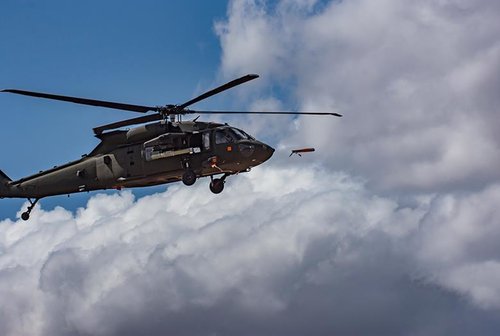
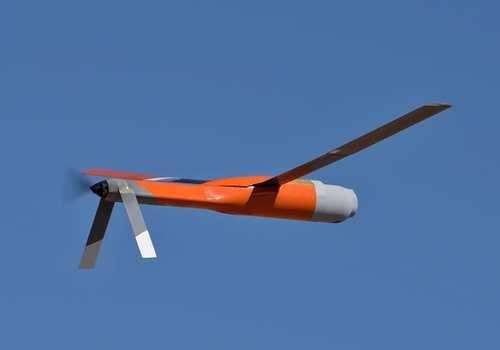

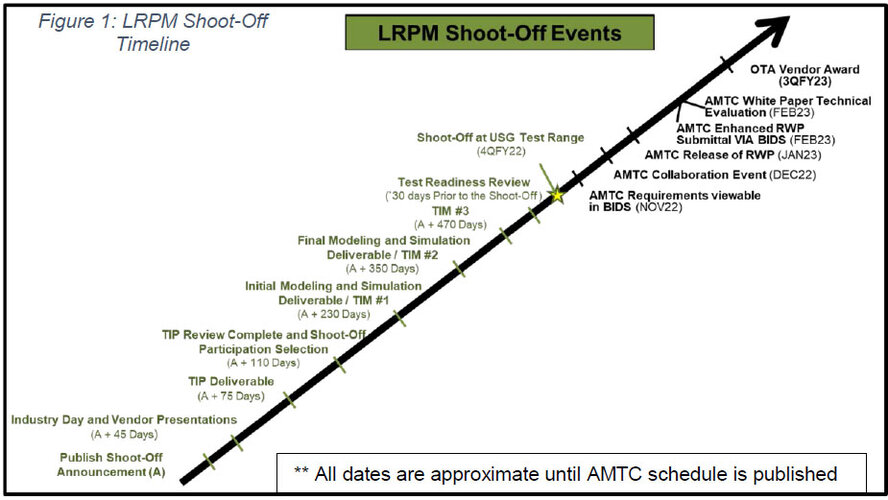





![EDGE 21 Demo.mp4_snapshot_00.47_[2023.12.16_19.57.18].jpg](/data/attachments/250/250060-6b2b1ea884efc96766104c85fe150f21.jpg)
![EDGE 21 Demo.mp4_snapshot_00.47_[2023.12.16_19.57.28].jpg](/data/attachments/250/250061-992dde4ff644d975e5a1c820a30e3b03.jpg)
![EDGE 21 Demo.mp4_snapshot_00.47_[2023.12.16_19.57.34].jpg](/data/attachments/250/250062-523d97e2748ef20f4a177c91ad825269.jpg)



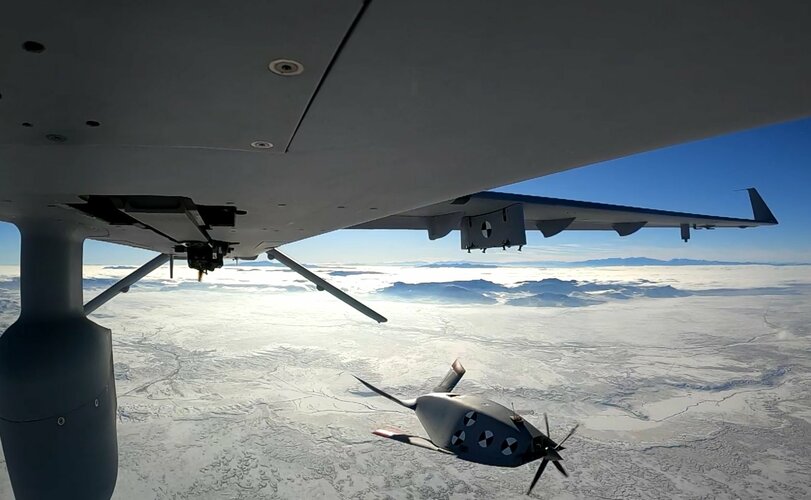


![EDGE 21 Demo.mp4_snapshot_00.41_[2023.12.17_11.54.42].jpg](/data/attachments/252/252738-d12da5e7a33a2b5d1750121efe531de7.jpg)
![EDGE 21 Demo.mp4_snapshot_00.17_[2023.12.16_20.00.27].jpg](/data/attachments/252/252741-783ff33cc53066d47466ec05050bfe40.jpg)
![6358212 [1600x1200].jpg](/data/attachments/252/252742-c11290b32699f0c2b2da9591eb93ac43.jpg)
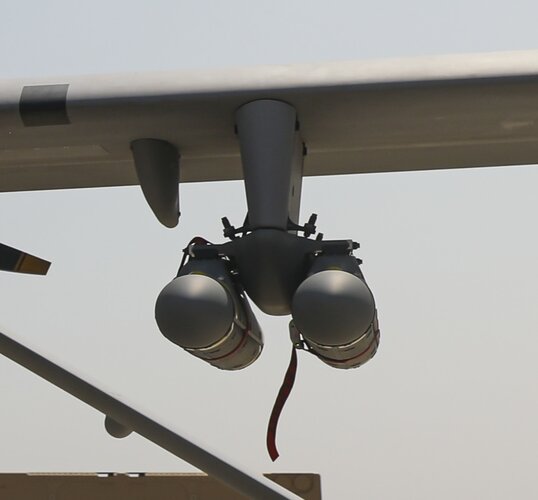
![6358216 [1600x1200].jpg](/data/attachments/252/252745-2c571a29f68f90aa12f7dd2de556cac8.jpg)

![6883410 [1600x1200].jpg](/data/attachments/252/252747-25da1731abb7ee0e3ef4a68afceea656.jpg)
![6358206 [1600x1200].jpg](/data/attachments/252/252748-8720eb26f45b3107248f5134062852a7.jpg)
![EDGE 21 Demo.mp4_snapshot_00.18_[2023.12.16_19.59.32].jpg](/data/attachments/252/252749-b112021f8fe29a75db78a6cf97f86cb6.jpg)
